For many of the Hindu faith, celebrating the Festival of Lights is pretty much the norm. In Malaysia, the day is considered a public holiday, in light of the size of the population. However, there are those of the non-Hindu faith who would also observe the festival, given the rich culture the country is synonymous with.
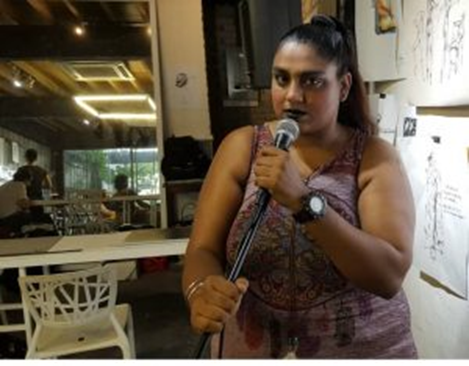
Diyaa Mani (pictured), who once casually explained to me that her name means ‘light’, disclosed that she is a non-Hindu/of the Baha’i faith. For the sake of clarity, her mum’s side of the family are all Sikhs. So, her family views Deepavali as a cultural festival instead. She used to celebrate it at her father’s aunt’s place.
In fact, she shared with me that when she was younger, Deepavali celebrations would begin a few days before the actual day. She said, “My grandaunt, whom I call Paati, will usually have lots of (home-made) cookies and murukku and other delicacies ready on the coffee table in the living room. Of course, she has more hidden inside tins and containers to prevent tiny hands from getting into them.”
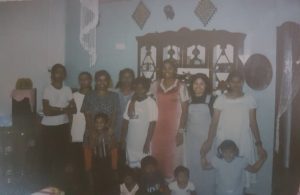
“Once everyone has arrived, Paati conducts special prayers for the dearly departed ones in the family. If it’s too late in the day, we do it the next day. All their photos lined up on a table, food placed before them, especially those prepared for Deepavali, incense burning, prayers being softly recited. As a child, this didn’t hold much significance to me.” However, as she grew older, she revealed, “I began to understand the importance of the ritual, which teaches us about where we came from, with stories being told about our ancestors, and most importantly, to somehow include our beloved ones who are no longer [around to enjoy] the festivities.” At the end of the prayers, “the food that was placed before the photos of the departed will then be distributed to all members of the family present,” she stated.
On Deepavali Eve, Diyaa’s granduncle or Taata would bring back everything needed to be cooked before the feast begins. She detailed, “Chicken, mutton, prawns, fish and vegetables… [all that’s] good for the family feast.” While the adults organise themselves and find ways to help out, the kids are asked to play outside, from what I understood.
“Drawing the kolam requires finesse and a steady hand [both of which I didn’t and still don’t have] for it to turn out perfectly,” she replied when asked whether she helps out in drawing the kolam. She added, “Since I was a (somewhat) well-behaved child, I was allowed to watch my father’s cousin doing the kolam before the door of the house. I was always fascinated watching how the lines drawn formed patterns, and the colourful rangoli taking form, carefully placed in nooks where little running feet will not destroy them.”
On the difference between the kolam and the rangoli, “Kolams are drawn using plain rice flour, chalk, or chalk powder, while rangolis are made using coloured rice flour, coloured sand, or flower petals. Both are intricate designs and patterns, but rangolis are more flamboyant and colourful. Kolams are usually geometrical lines drawn in loops around strategically placed dots, while the rangoli can be a ‘coloured-in’ version of the kolam or more elaborate designs or impressions of deities, peacocks and elephants.”
Little clay lamps called deepa/diyas, which is why Deepavali is known as the Festival of Lights, are carefully arranged along the perimeter of the house, according to her. She said further, “These diyas can also be placed on the house fence, or be integrated into the kolam/rangoli.” On how the diyas are lighted up, she indicated, “Vegetable oil or ghee is used. Cotton is dipped into the oil first to ensure it burns slow so that the diya can burn for quite a while.”
Other preparations involve decorating the whole house, inside and outside with fairy lights, decorating the walls with greeting cards, and greetings, which are made out of plastic. Additionally, festive songs will also fill the spaces in between the chatter and banter.
As Diyaa’s grandaunt has been living in a Hindu-majority neighbourhood in Ipoh, she told me that the neighbouring houses will also be lit up with lights at night. This would also be the time when all the kids, in the close-knit neighbourhood, gather and show off their sparklers, and brag to each other about how many cookies are being served in each household.
On the actual Deepavali day, all of Diyaa’s cousins who observe the oil baths are awakened first. They would bathe using either gingelly or sesame oil, however, coconut oil can also be used, according to her. She highlighted, “As I don’t observe the oil bath, my mum would usually wake me up later, for me to take a normal bath.” Laughing, she said, “I definitely hurry through my baths because the smells of thosai and chicken curry are too much for my appetite to ignore.”
She pointed out, “My mum usually doesn’t dress my [younger sister and I] in our Deepavali finery yet, not wanting us to get curry stains on our new clothes.” Her cousins would also put on new clothes only after eating, she informed me. On the costumes that she usually wears, she specified, “Usually the Punjabi suits or pavadai sattai (A South Indian skirt and blouse, typically worn by pre-pubescent girls). Besides that, “Bangles, earrings, necklaces, anklets and a bindi are put on to complete our dressing up.” Something I found funny, “For some reason, one of my cousins and I always had matching clothes, or at least colour-coordinated.”
“If we’re not entertaining guests or going from house to house, we’ll just pick something simpler and more modern to wear, she clarified.
Similar to the Malay and Chinese cultures, she said, “Our favourite part starts, where we get blessings from the elders, along with a certain packet containing something we looked forward to all year.”
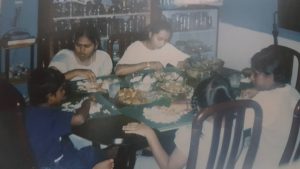
“The entire day is spent eating murukku and cookies, visiting neighbours and nearby family members, and having lunch,” she stated. She elaborated, “Lunch, where everyone will have at least two helpings, consists of the best dishes cooked by the best cooks in my family. From my Paati’s chicken curry to my Taata’s Chinese-style mixed veggies.”
On her next meal, “Dinner is a more modest fare compared to lunch. However, it’s no less delicious than lunch. If needed, there will be one or two extra dishes, as there will usually be leftovers from lunch [that we don’t mind eating for dinner as well].”
Signing off, she said, “We then gather in the living room to either chit chat or watch a movie, and wind down after an exciting day.”






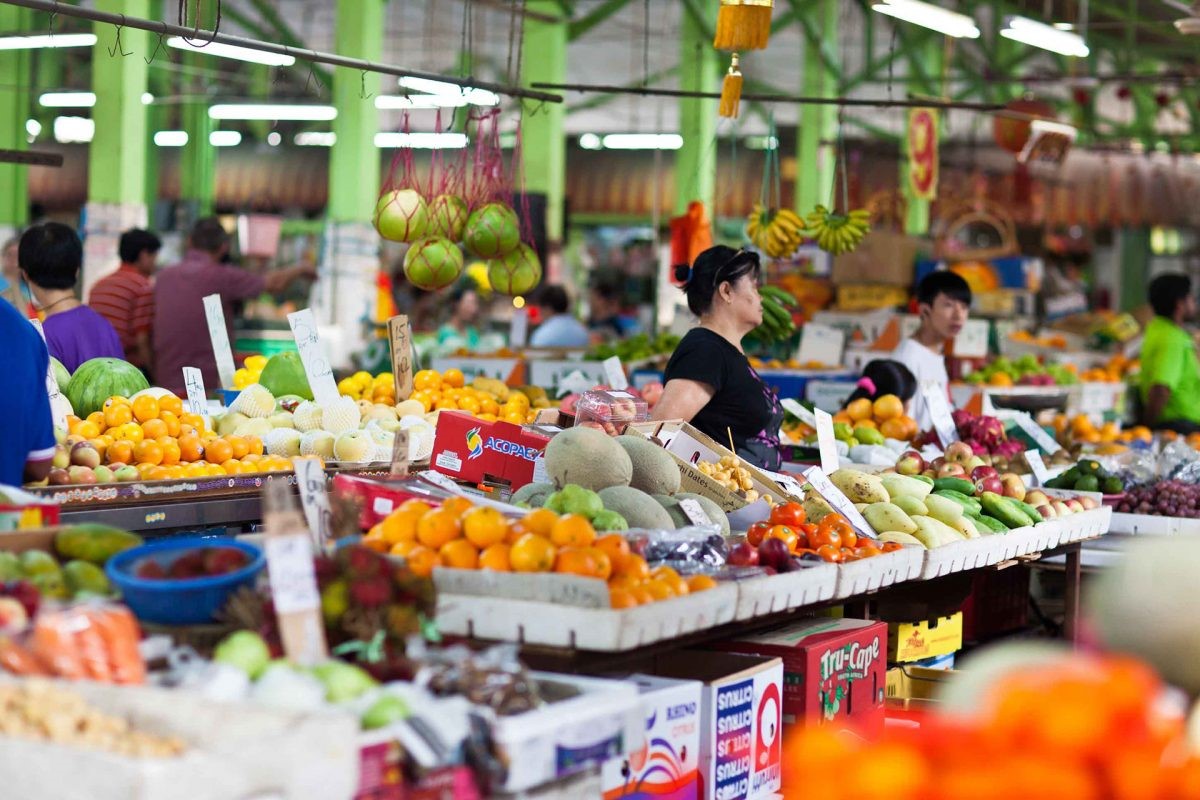

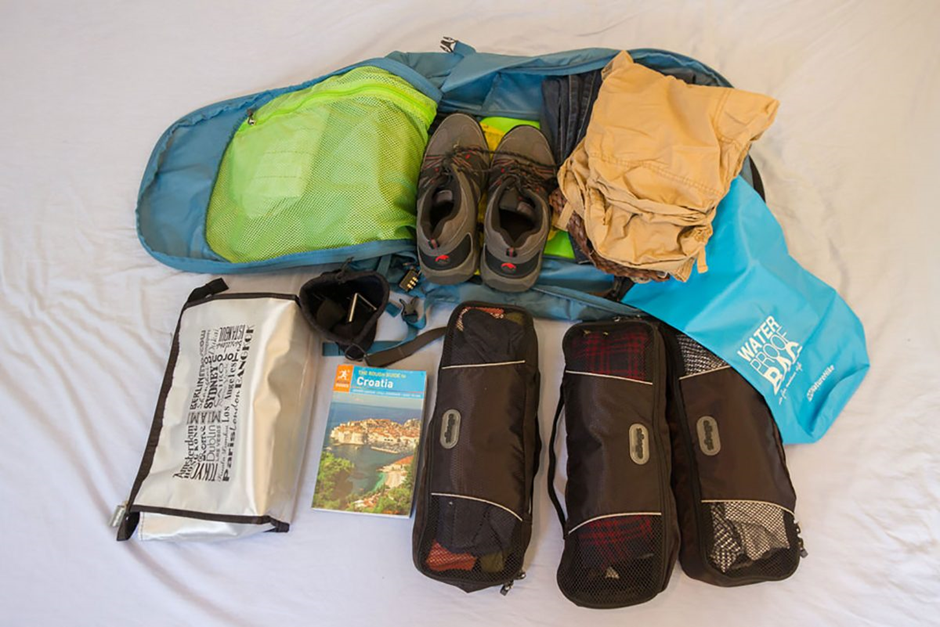
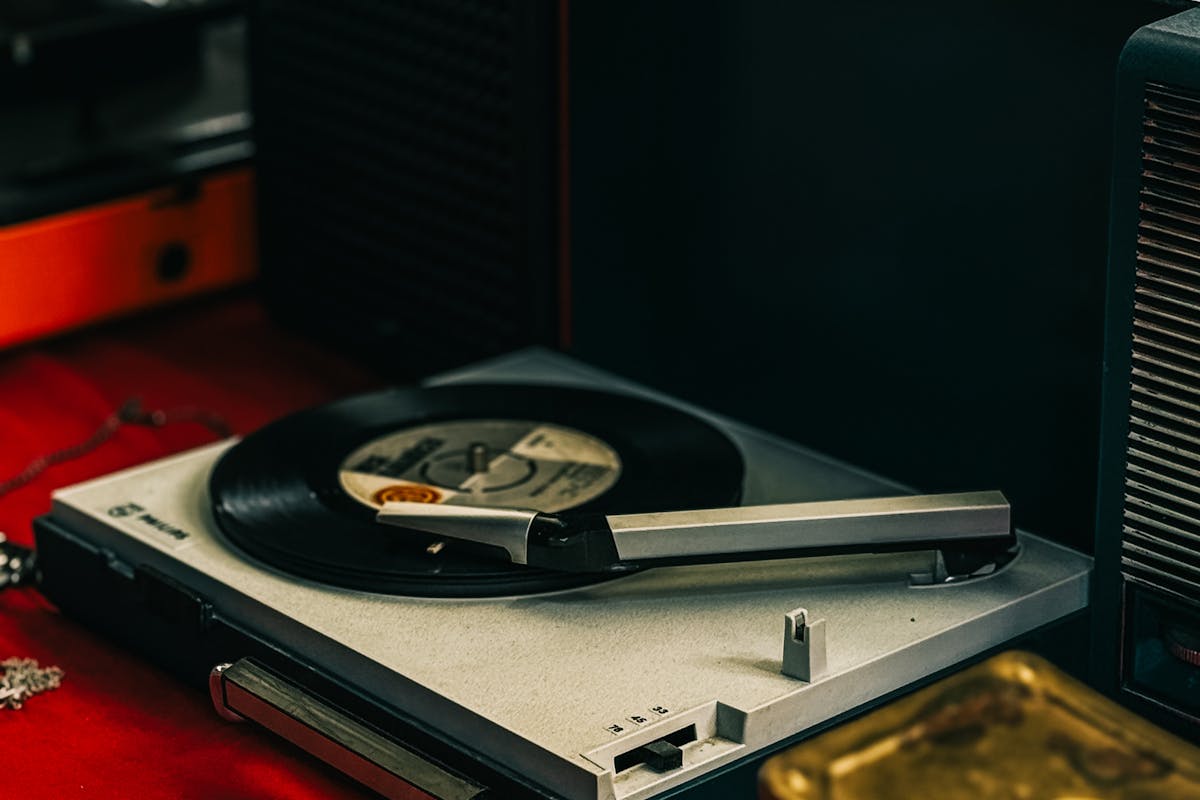
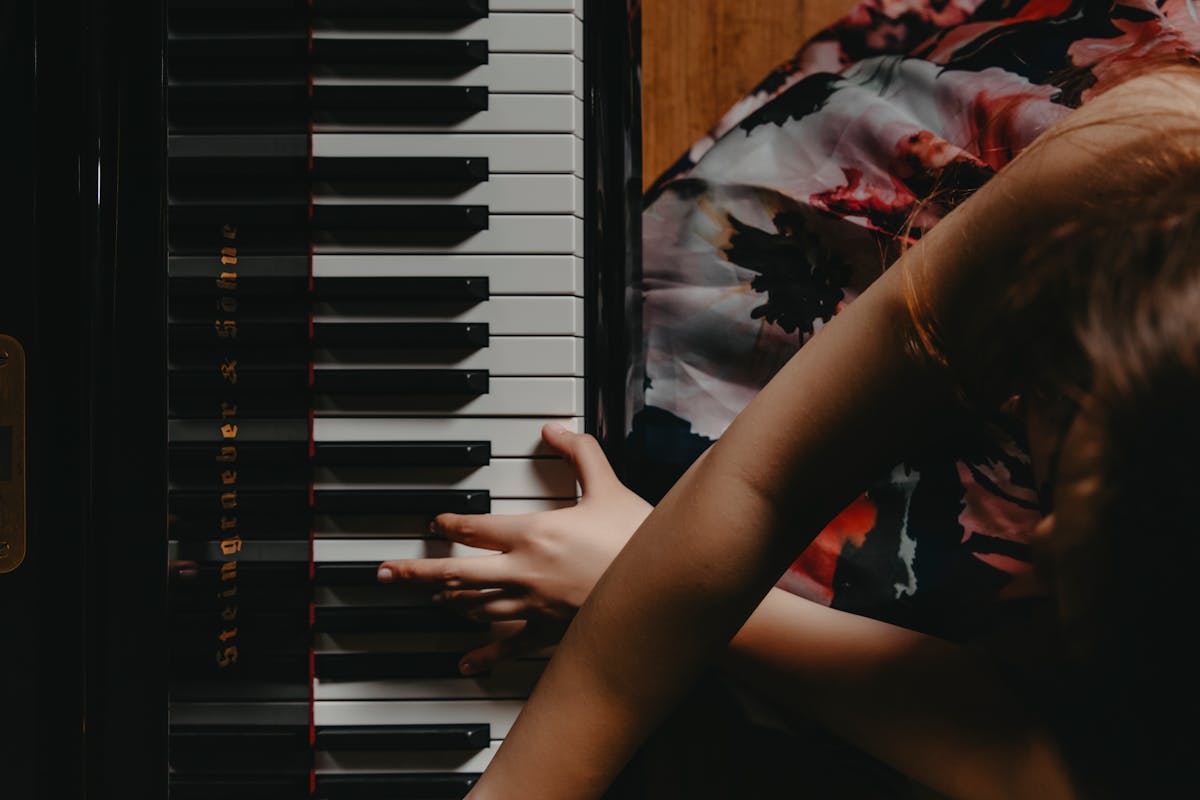

Showing 0 comments